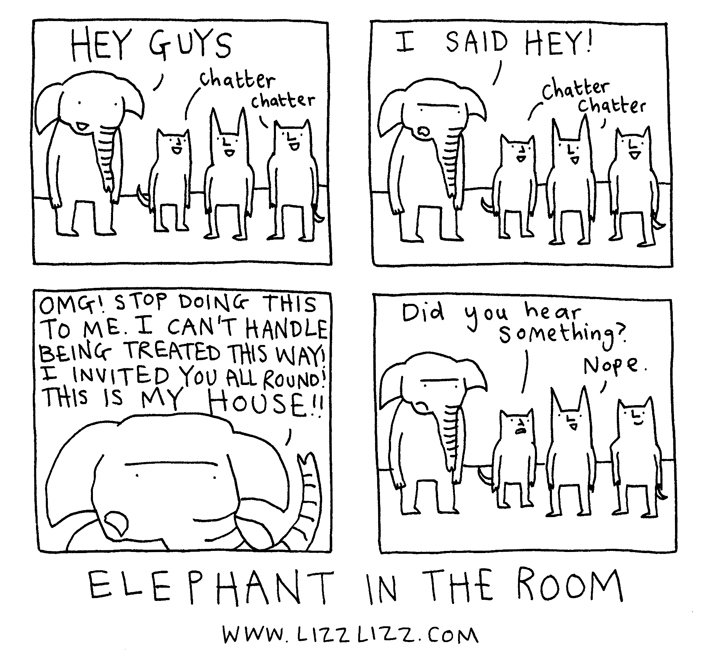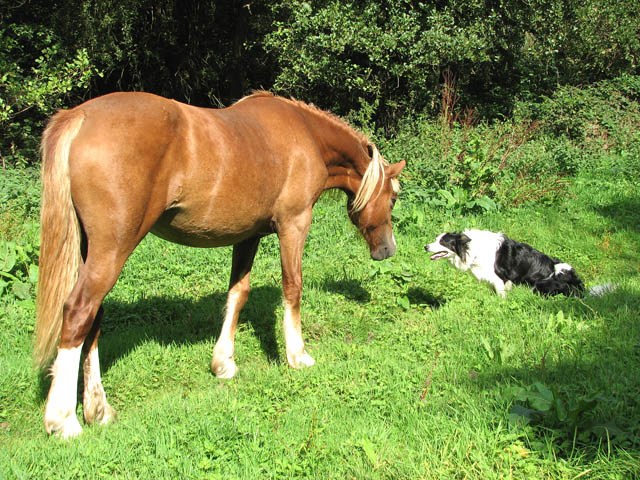If facts were interesting, PBS would be HBO.

Brian Hennessy
Talkoot CEO and Co-Founder
IN HIS BOOK “I IS AN OTHER,” METAPHOR EXPERT JAMES GEARY EXPLAINS WHY AND HOW OUR BRAINS MAKE MEANING USING METAPHORS, NOT FACTS.
I have a vague recollection of studying the basic principles of metaphor in high school. Discussing the metaphorical language of Western literature’s heaviest hitters in a windowless classroom, fluorescent lights buzzing overhead. It is the east, and Juliet is the sun, et cetera.
For me, the basic take-away was this: Metaphor was the compositional equivalent of glittery nail polish, applied for a sparklier sentence. Invaluable for the aspiring poets of the high school set, but without much to offer to the rest of us.
Wrong. So, so wrong.
That’s the revelation at the center of James Geary’s “I Is an Other: The Secret Life of Metaphor and How It Shapes the Way We See the World.” Geary’s breakdown of the metaphor opened my eyes to just how important metaphor really is to how we understand the world and each other.
In one chapter, he profiles a woman named Rebecca with a developmental disorder that makes it impossible for her to “get” metaphorical language, leaving her mystified by common expressions like “the elephant in the room” or “burning one’s bridges.” This story, says Geary, shows us that not only are metaphors more than just decorative, they also are load-bearing language.
Picture your perception of the world as a puzzle with a million pieces. You create your worldview by snapping concepts together. For example, elephants are really big. That makes them hard to ignore. Kind of like a pressing issue. So an elephant is a handy stand-in for a hot topic.

In this puzzle, metaphors are the curvy jigsaw edges that help us snap those relationships together. Subtract metaphorical understanding from the process of putting it all together, and all the pieces become smooth and interchangeable — nothing “clicks” anymore. You could still solve the puzzle (maybe), but it’s going to take you a lot longer.
For Rebecca, it means she can learn new things only through what she sees and experiences directly. She can’t connect “bridges” with “relationships,” or “fire” with “emotional devastation.” In other words, it’s very hard to learn from others’ stories. All of which your brain does without even being asked. Pretty impressive.

And it isn’t just for writers. Communication between humans often requires metaphor. Whether you’re a stand-up comic crafting a joke or a doctor convincing a patient to follow their care regimen, metaphor is always going to be the quickest path to understanding. Geary says that just through your day, you use metaphor every 10 to 25 words. That’s six metaphors a minute.
All metaphors do the same work, helping your brain make connections between concepts. The difference is in how much fun they have along the way. Oscar Wilde said, “It is absurd to divide people into good and bad. People are either charming or tedious.” The same is true for metaphors. There are the ones that pass invisibly through a conversation, never to be thought of again (“Let’s think outside the box”), and then the ones that are the punch line of the joke, the life of the party (“Laughter is the mind sneezing”). The second kind are the ones that really wake people up, shake them around, even change minds. The books we reread, music we listen to and jokes we laugh at are all packed with this kind of metaphor. Expired metaphors like “He’s all thumbs” and “It fell through the cracks” have lost their power to make us feel anything.
When comic John Mulaney observes, “Letting a 13-year-old baby-sit a 10-year-old is like leaving a horse in charge of a dog,” he knows that the freshness of the metaphor is what counts most. He could have just said, “Leaving a 13-year-old in charge of a 10-year-old is like letting the blind lead the blind.” Would we have known what he meant? Sure. But nobody would laugh, and nobody would quote him later.

The bottom line of Geary’s book? We all need metaphor. Our brains require it to build our worldview. The trick to being interesting in your writing, memorable at a party or persuasive in a presentation is to avoid metaphors that are past their freshness date, and always go for the fresh stuff.
